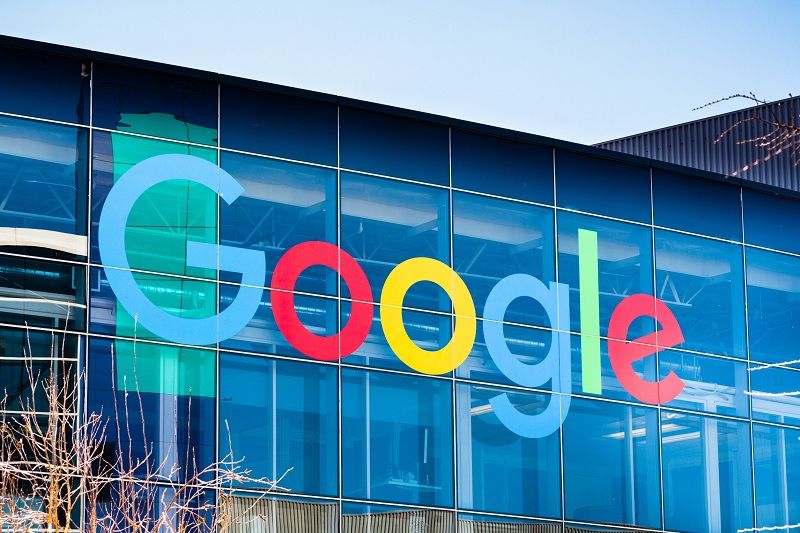In a groundbreaking initiative, Google is set to enhance its energy portfolio by collaborating with Kairos Power to develop seven small nuclear reactors across the United States.
This partnership marks a significant milestone as the first of its kind in the tech industry.
The inaugural reactor is anticipated to be operational by 2030, with additional units expected to come online by 2035.
Collectively, this project aims to supply 500 megawatts of power, sufficient to energize a midsize city, specifically to support the company’s AI technologies.
In a recent blog post, Google emphasized the benefits of nuclear energy, stating:
Nuclear solutions offer a clean, round-the-clock power source that can help us reliably meet electricity demands with carbon-free energy every hour of every day.
The tech giant expressed its commitment to advancing these power sources in collaboration with local communities to facilitate the global decarbonization of electricity grids.
Kairos Power, a startup focused on nuclear energy, is developing these smaller reactors, which differ significantly from the traditional large nuclear towers commonly associated with nuclear power.
The company’s innovative design utilizes a molten salt cooling system, allowing operations at lower pressure levels.
Earlier this year, Kairos Power began construction on a demonstration reactor in Tennessee, which will initially be unpowered.
Details regarding the financial aspects of the partnership, including the overall cost, remain undisclosed, and specific project sites have yet to be identified.
This announcement follows closely on the heels of Microsoft’s recent collaboration with Constellation Energy, which aims to reactivate an undamaged reactor at the Three Mile Island facility—historically known for the worst nuclear accident in US history—to supply power for Microsoft’s AI data centers.
As per report by Reuters, experts have raised concerns about the potential strain on the US power grid due to the increasing energy demands of data centers.
A recent nine-year growth forecast for North America suggests a doubling of energy requirements compared to the previous year.
Last year, Grid Strategies projected a growth rate of 2.6% over five years, a figure that has since surged to 4.7%. This surge implies a projected peak demand increase of 38 gigawatts, enough to power approximately 12.7 million homes.
The post Building the future: how Google’s seven nuclear reactors will power AI innovations appeared first on Invezz

